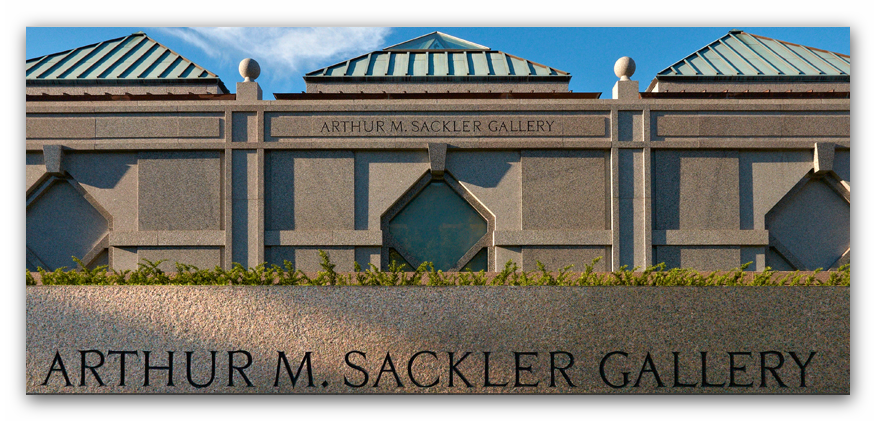Oct 22 2016 - Feb 20 2017
Washington, DC
In recognition of one of the world’s extraordinary collections of Qur’ans, the Freer|Sackler is hosting a landmark exhibition, the first of its kind in the United States.
Some fifty of the most sumptuous manuscripts from Herat to Istanbul will be featured in The Art of the Qur’an: Treasures from the Museum of Turkish and Islamic Arts, opening this fall. Celebrated for their superb calligraphy and lavish illumination, these manuscripts—which range in date from the early-8th to the 17th century — are critical to the history of the arts of the book. They were once the prized possessions of Ottoman sultans and the ruling elite, who donated their Qur’ans to various institutions to express their personal piety and secure political power. Each manuscript tells a unique story, which will be explored in this once-in-a-lifetime exhibition.
In the early-20th century, the Ottoman Empire was in political turmoil. Officials moved valuable artworks -- including thousands of sumptuous Qur'an (Koran) manuscripts and loose pages dating from the 7th to 17th century - to Istanbul to ensure their safety. Penned by celebrated calligraphers and embellished by skilled illuminators and bookbinders, these manuscripts are now housed in the Museum of Turkish and Islamic Arts (Türk ve İslam Eserleri Müzesi or TIEM) in Istanbul, established in 1914.
Exhibition overview from the museum website
Whether or not you go, the exhibition catalog, The Art of the Qur'an: Treasures from the Museum of Turkish and Islamic Arts, describes the formation of this one-of-a-kind collection and the history of the Museum of Turkish and Islamic Arts (Türk ve İslam Eserleri Müzesi or TIEM) in Istanbul, whose centuries-old records on patrons, calligraphers, illuminators, and provenance allow us to createthe creation of "biographies" detailing the production of the Qur'ans in the exhibition. Essays address the Qur'an as a written text--from content and organization to the elaborate calligraphy and illuminated designs that transformed the volumes into beautiful artworks. The Art of the Qur'an includes in-depth descriptions of some seventy works from TIEM and the Smithsonian's Sackler and Freer Galleries. It features full-page, color images of the earliest known Qur'an folios and manuscripts from the Umayyad and Abbasid Near East (7th-10th century), Seljuk Iran and Anatolia (12th century), the Mongol Il-Khanid and Timurid empires and Mamluk Cairo (14th and 15th centuries), Safavid and Ottoman empires (16th and 17th centuries) as well as a number of mosque furnishings, such as Qur'an boxes and stands. Most of these works have rarely, if ever, been published.
Exhibition Venues & Dates
Oct 22 2016 - Feb 20 2017
Washington, DC

